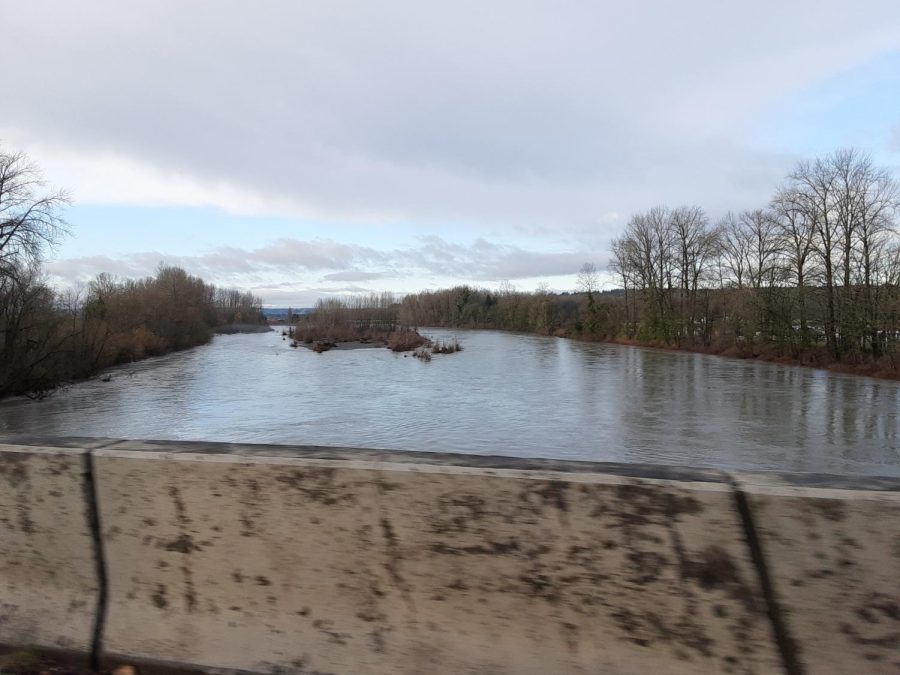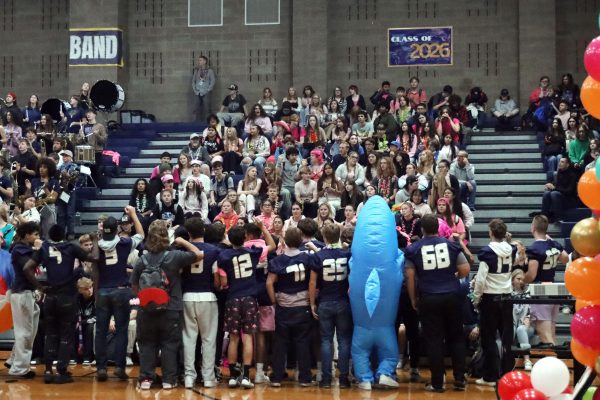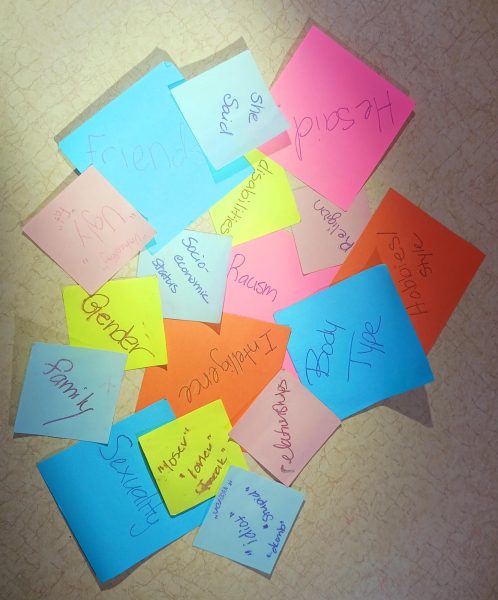Growing Up With Climate Change
The Stillaguamish River, Arlington, after several days of heavy rain.
As we enter the rainy season, many of us in the Pacific Northwest expect to experience increased rain and windstorms. As of 5 pm, on November 29th, 2021, the National Weather Service has issued a notification for hazardous weather conditions. A flood watch has been put into effect from November 30th to December 2nd, and weather predictions as of writing, indicate a minimum of 60% chance of rain from Monday the 29th through Wednesday the 2nd. Such extreme weather conditions have become more common throughout the region, and more than likely, are the effects of climate change on our local weather conditions.
As common as the discussion of weather is in our lives, the topic of climate change is not a staple of our daily conversations. When asked about how often climate change is discussed in her day to day, senior Kylie Bartley stated that it may be brought up in social settings, but is scarcely addressed in familial environments. “When it’s mentioned, it kinda makes me feel like I wanna talk about it, like let’s talk about it, let other people know what’s going on,” said Bartley. “Even though I’m not super educated on it myself, I would still like to be.”
Seniors Tyler Crawford, and Ali Rodriguez-Diaz described a similar experience where the discussion of climate change tended to be limited to social or academic environments, specifically only in the form of a discussion, and not in an active way such as creating an in school recycling program or having fundraisers for environment conservation programs.
Although all those interviewed are only seniors in high school, all three have indicated concern about climate changes and future impacts on their lives, with both Bartely and Rodriguez-Diaz having observed notable climate differences in the region. “The heat wave that happened here a lot during the summer. That came out of nowhere, and a lot of people are like, that’s gonna be more common,” said Rodriguez-Diaz. “You can see it with the mountains, especially, if there’s barely any snow left on there.”’
The fact that people of this age are able to identify a noticeable change in local weather patterns is concerning as it illustrates the drastic and fast acting effects of climate change. For example, according to the Current Results website, the average daily temperature in Seattle has increased by 3 degrees from the 1950’s to the 2010’s. That may not seem like a lot in the grand scheme of things, but even temperature changes of just a few degrees have massive effects on the climate, and global environment.
Another big issue with climate change is the perceived cause, versus the actual cause. It is very common for the responsibility to slow or turn around climate change, to fall on the consumer or average person. In reality, data collected by sources such as the Business Human Rights website, indicate that approximately 70% of greenhouse emissions are created by just 100 corporate businesses. Currently, this leaves the individual person with limited options to positively impact the situation. Rodriguez-Diaz described their concern with such a situation saying, “companies always push that people have to do the most to stop climate change, but let’s be real, its how companies source their materials that creates a lot of gasses in the atmosphere, a.k.a. greenhouse effect, and are really just throwing this planet to s***.”
Beyond frustrations with company actions, there is a societal push on the government to increase regulations on major pollutants. According to the Pollution Issues website, most current pollution regulations are very broad making them less effective at targeting specific substances and practices, as well as being mainly focused on materials that cause human harm, and failing to address materials that cause environmental harm. “It matters a lot because we only have this planet for so much time,” said Rodriguez-Diaz. “So if we throw it all to waste now just because we wanna live a very comfy leisure life for like, I dunno, give or take 20 years, then what’s left for everyone else?”
On a positive note, we have all seen some actions of change around us when it comes to our environment, whether that be paper bags, hybrid cars, or just working to compost food scraps. For example, when on a trip in Hawaii, Crawford described that “I’ve been to Hawaii and there’s only paper straws.”
Unfortunately, we still have to ask the question if what we are doing currently is enough? Continuing to describe his Hawaii trip, Crawford said that when it came to regulations, there was “ nothing like, dramatic. It’s pretty tough.”
Crawford was not alone in his concerns. When asked whether she thought we were doing enough as a society, Bartley noted the international environmental treaty, The Paris Climate Accords, but went on to say,“ I haven’t seen much being done about it [climate change].”
Beyond their own futures, the interviewees expressed concern about what we would be leaving behind for future generations. “I’m most worried about like, what am I gonna leave behind for my offspring,” said Rodriguez-Diaz.
The action we take now will affect the world for generations beyond us, so it is imperative that we do all we can to create a better future. “It’s the earth, we got one. Keep it nice and clean for everyone, not just Americans,” said Crawford. “There’s lots of people in the world that are affected by it.”








